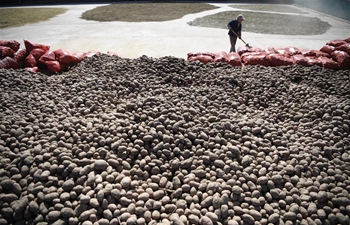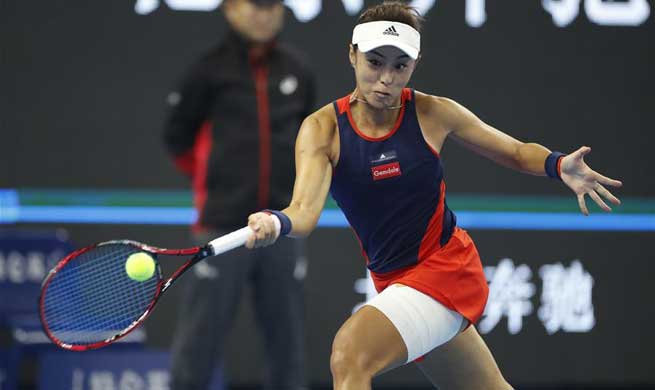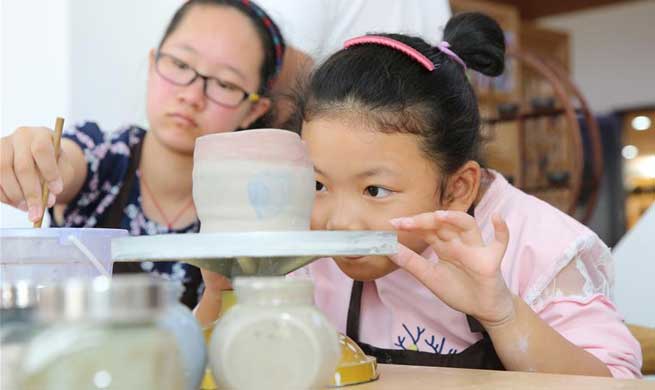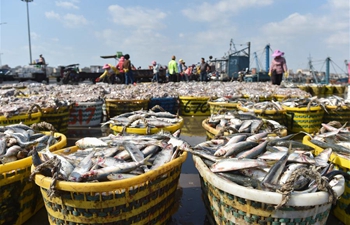SEOUL, Oct. 5 (Xinhua) -- South Korea's headline inflation stayed below 2 percent for 12 straight months despite a rising supply-side pressure such as higher prices for farm goods and oil products that was offset by a weak demand-side pressure, a government report showed Friday.
Consumer prices gained 1.9 percent in September from a year earlier, according to Statistics Korea. It hovered below the Bank of Korea's (BOK) inflation target of 2 percent for 12 months since October last year.
The consumer price inflation reached the highest since September last year, but it remained at a low level, reducing pressure on the BOK to raise its near-record-low interest rate.
The BOK refrained from altering its policy rate since the bank upped it to the current 1.50 percent from an all-time low of 1.25 percent in November last year.
It lingered far below the U.S. Federal Reserve's benchmark rate, which was raised to a range of 2.00-2.25 percent.
The low BOK policy rate fuelled worry about a foreign capital outflow from the South Korean financial market, but the BOK was reluctant to lift its policy rate amid the record-breaking household debts.
The household debts continued to rise as households purchased home with borrowed money amid the near-record-low borrowing costs.
Demand-side inflationary pressure was low as households were unwilling to spend money on the worsening labor market conditions, but supply-side pressure was high amid the higher prices for farm goods and oil products.
Vegetable price jumped 12.4 percent in September from a year earlier, pulling up the overall headline inflation by 0.25 percentage points. It marked the highest increase since May as the sweltering heatwave reduced crops in summer.
Agricultural product price advanced 12 percent last month, up from a 7.0-percent rise in the previous month. Ginger price more than double, with those for spinach, water parsley, lettuce, powdered red pepper and cereal posting a double-digit increase in the month.
Prices for agricultural, livestock and fishery products picked up 7.1 percent in September from a year earlier, logging the highest in 13 months.
Oil product price climbed 10.7 percent amid the expensive crude oil, but it was lower than a 12-percent increase tallied in August.
Prices for electricity, tap water and natural gas lost 1.8 percent last month. It was lower than an 8.9-percent decline in the previous month.
Services price added 1.4 percent, pulling up the overall headline inflation by 0.8 percentage points.
Eating-out costs gained 2.4 percent in September from a year ago amid the higher farm goods price.
The so-called livelihood price index, which reflects costs for 141 daily necessities, rose 2.2 percent in September, up from a 1.3 percent gain in the prior month.
The fresh food price index, which measures volatile prices for fresh fruits, vegetables and fish, went up 8.6 percent in September, the highest in 13 months.
Core consumer price, which excludes volatile agricultural and oil products, added 1.2 percent in September from a year ago. The OECD-method core price, which excludes food and energy costs, was up 1 percent.













